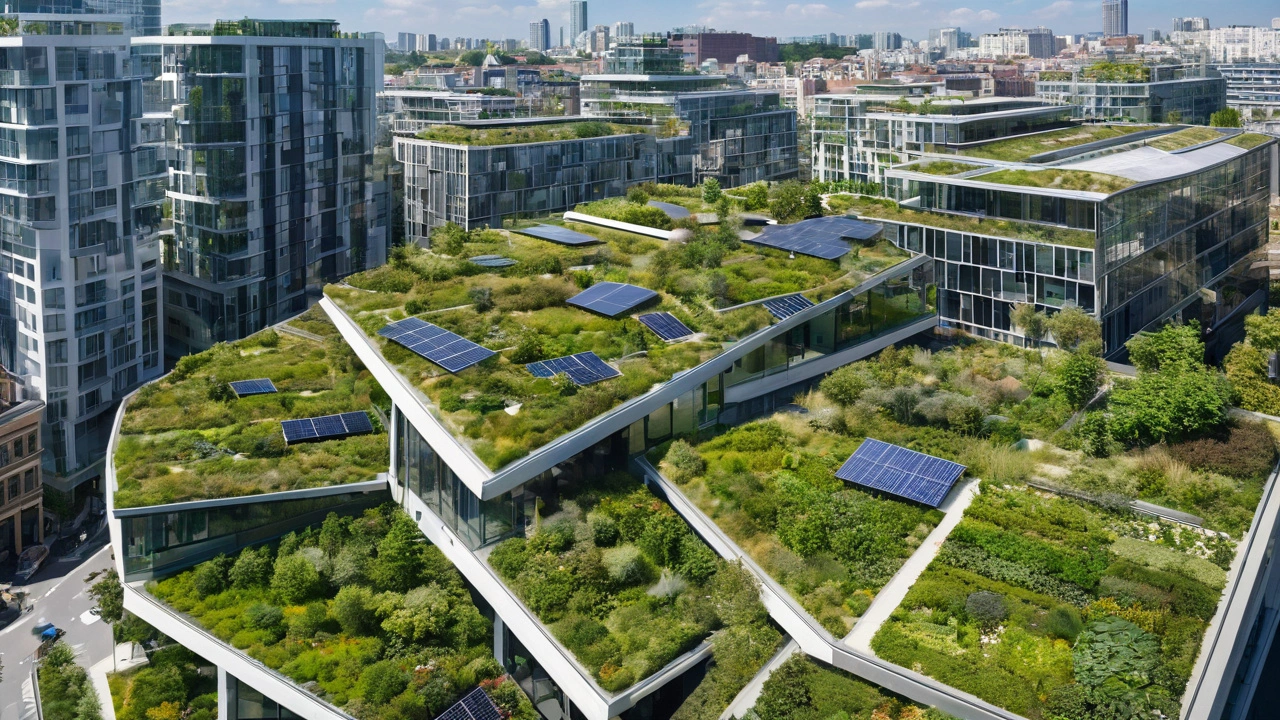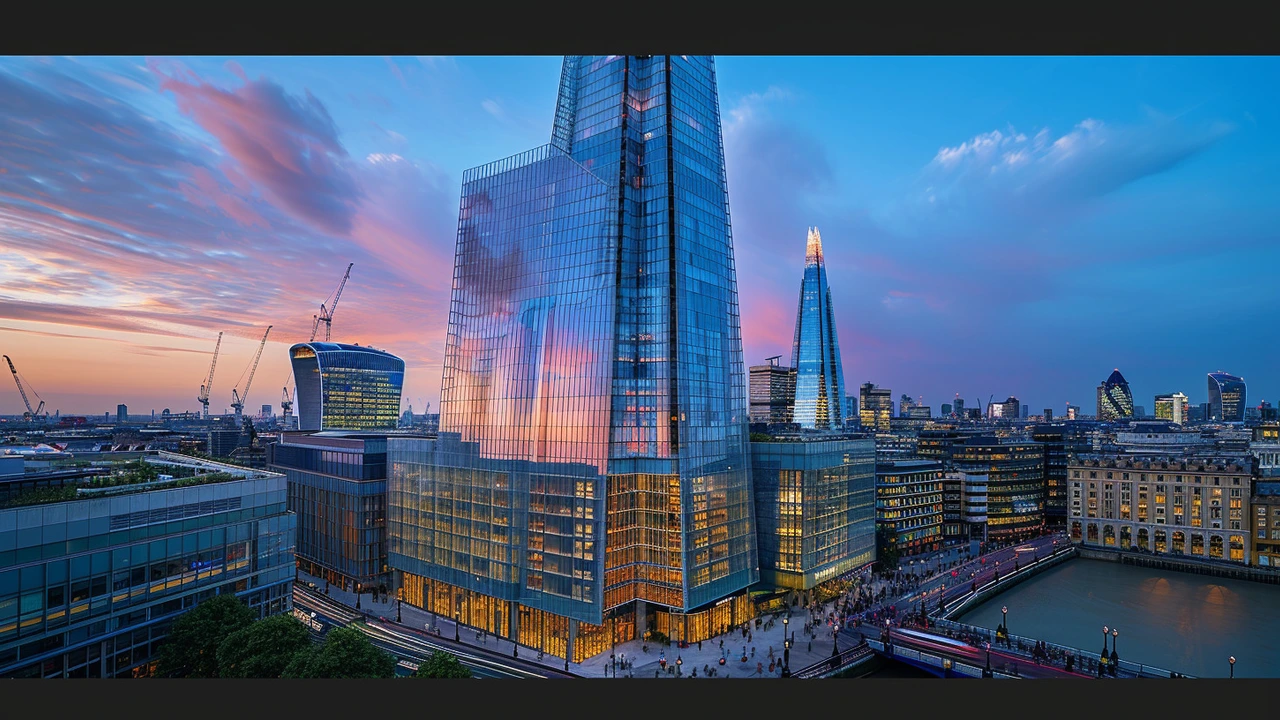Green Building: Practical Guide to Sustainable Architecture
Green building means designing and upgrading buildings so they use less energy, waste less water, and last longer. It’s not about expensive gadgets only—small choices in layout, materials, and systems can cut bills and make spaces healthier. If you care about lower operating costs, better comfort, and less environmental damage, this guide gives actionable steps you can use today.
Design Strategies That Save Energy
Start with the basics: orientation, insulation, and windows. Place main living or working spaces to get daylight and winter sun on the longest walls. Add shading for summer—overhangs, louvers, or trees block heat but keep light. Upgrade insulation in walls, roofs, and floors to reduce heating and cooling needs. A tight building envelope with good seals around doors and windows stops drafts and lowers energy use.
Choose windows by whole-window performance, not just glass type. South-facing windows should balance solar gain and shading. Use double or triple glazing and low-emissivity coatings where the climate demands it. For ventilation, consider mechanical ventilation with heat recovery (MVHR). MVHR keeps fresh air flowing while reclaiming heat from the exhaust air, cutting heating bills in cooler climates.
Pick heating and cooling systems that match your building size and use. Air-source heat pumps work well in many places and run on electricity, which makes them a good partner for rooftop solar. For hot climates, efficient evaporative cooling or well-sized high-efficiency HVAC units make a big difference.
Practical Steps for Renovation and Preservation
Want to retrofit an older or historic building? You can improve efficiency without harming heritage value. Start with non-invasive upgrades: add insulation where it won’t change facades, repair and weatherstrip windows, and install efficient heating controls. Use breathable materials like lime plaster and natural fiber insulation in traditional masonry to avoid trapping moisture.
Choose materials that last and have low environmental impact: reclaimed wood, recycled metal, low-VOC paints, and locally sourced stone or brick. These choices reduce embodied carbon and often fit the look of historic buildings better than new synthetic finishes.
Certifications such as LEED, BREEAM, and Passive House give clear targets and can increase property value. They aren’t mandatory to get benefits—use their checklists to prioritize upgrades if certification feels like too much paperwork. Small moves like LED lighting, low-flow fixtures, and smart thermostats pay back quickly and improve comfort right away.
Green building also means planning for maintenance: pick durable finishes, design for easy access to systems, and keep clear records of materials and equipment. That saves money and hassle later.
Want a quick next step? Do an energy walk-through: note drafts, check insulation, and list the oldest systems. That checklist points to the highest-impact fixes and makes green upgrades feel manageable, not overwhelming.

Sustainable Architecture: Embracing Eco-Friendly Building Designs
Discover the new era of sustainable architecture, focusing on eco-friendly designs that aim to reduce environmental impact. Learn about the principles, benefits, and innovative techniques currently shaping the future of green buildings. Explore practical tips for incorporating sustainability into modern architectural projects.
Read more
A New Dawn in Sustainable Architecture: Designing for the Future
Sustainable architecture is reshaping how we think about building design and construction. This article delves into the innovative practices that are making our built environment more eco-friendly. Learn about the key principles, groundbreaking materials, and real-world examples driving this movement, along with practical tips for incorporating sustainability into your own projects.
Read more